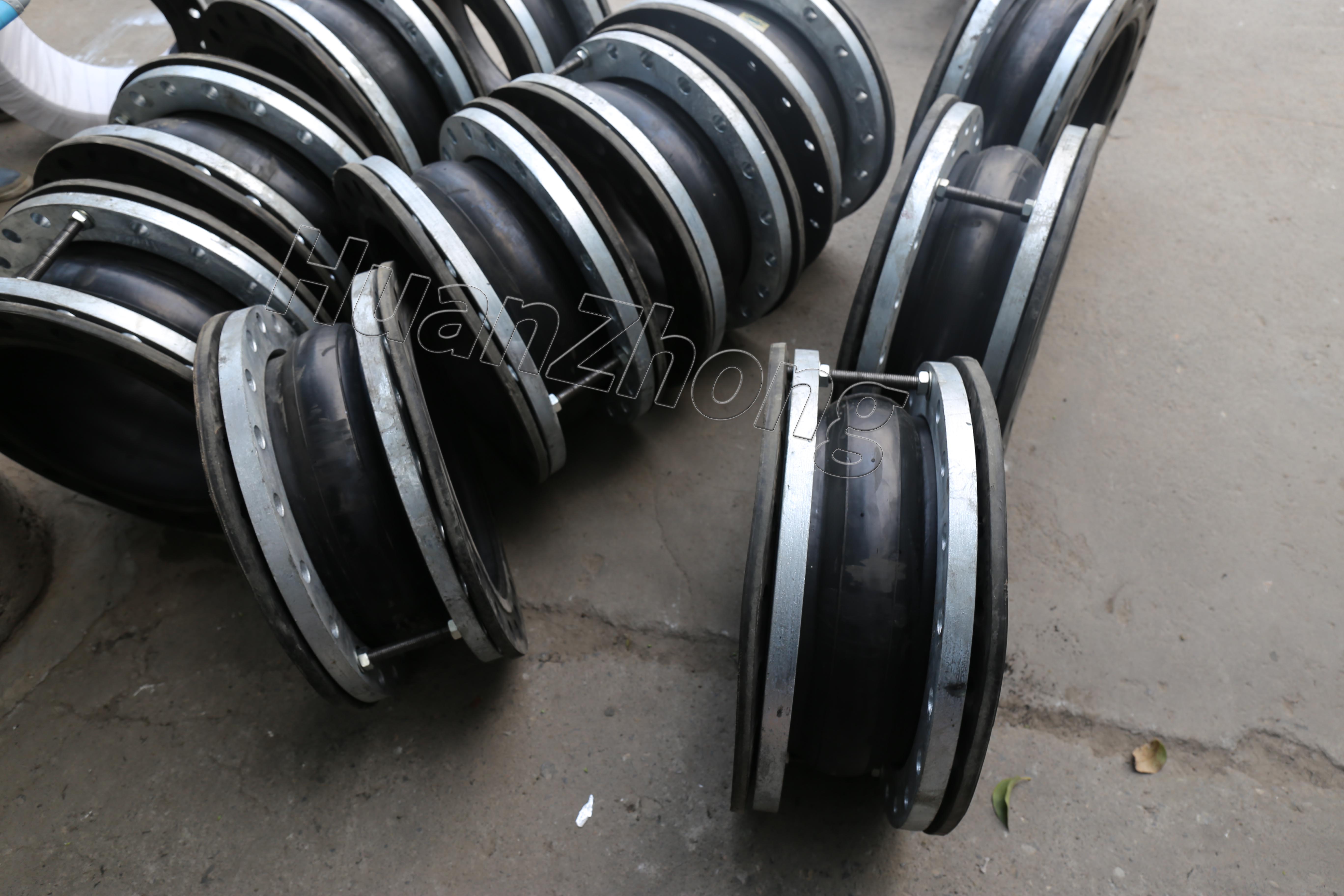Features of rubber soft joints, industry applications and selection methods
Features of rubber soft joints, industry applications and selection methods
The rubber joint mainly consists of rubber sphere, flange, fixed and load-bearing components, of which the rubber sphere is composed of rubber layer and cord fabric reinforcement layer. According to the sphere, there are three kinds of structures, such as concentric same diameter, concentric reducer and eccentric reducer. The sphere waveform includes single-wave sphere, double-wave sphere, elbow and no-wave straight pipe sphere. The connection methods are flange connection, threaded joint, throat casing, etc.
Compared with metal bellows expansion joints, rubber soft joints have better displacement capacity and flexibility, which are suitable for occasions with larger displacement and shorter installation length of expansion joints. Rubber flexible joints have good chemical corrosion resistance and are suitable for corrosive media such as sewage, seawater and pipes containing acid and alkali components. The rubber material has abrasion resistance and is also suitable for low temperature pipelines of granular and powdery media.

Users should consider size, medium, environment, pipeline support, thermal displacement and additional displacement and other technical parameters when choosing rubber soft joints, and also combine with the site environment to choose. Dimensions include connection size, installation height, pipe circulation size, installation and deformation size limit, etc. The medium includes medium form, chemical composition, and working temperature range. Environmental factors include the environment in which the rubber soft joint is installed, i.e. the degree of exposure to climate, sunlight, liquids, gases, steam, oil, open flames, chemicals and other factors that may be exposed to have an effect on the rubber. Pipeline support factors include the setting of brackets for fixing, load-bearing and guiding of pipes installed by rubber soft joints. Thermal displacement and additional displacement include the thermal displacement of the pipeline that the rubber soft joint needs to withstand, the installation deviation and the additional displacement existing on the end face.
